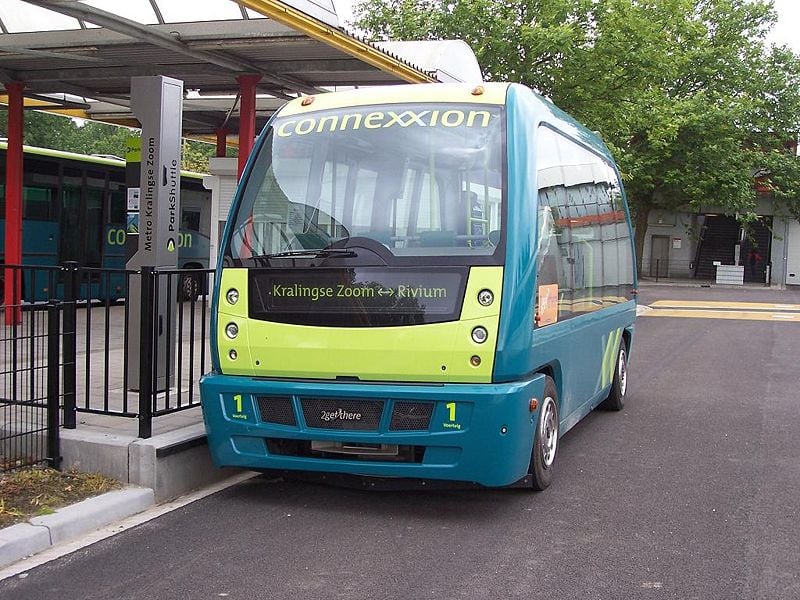Even with some 40 years of accumulated road-testing time, there are issues still to be worked out before we can even think about autonomous vehicles gaining full-on, full-tilt access to the road more traveled, let alone the less-traveled one.
A number of said vehicles, operationally speaking, have the necessary “stuff” to enable them access to public roadways with certain specified operating conditions applied, such as being able to operate autonomously as long as there is a driver sitting behind the wheel ready to take control from the computer on the fly, say, in an emergency situation, should that need arise.

As for full-on, full-tilt access, what we’re really talking about here is a capability that could potentially completely eliminate driving as we know it today. Before that happens, it is essential that “driverless” operation is absolutely flawless; anything less is simply unacceptable.
Take two-wheel motorcycles for example, which presumably will not themselves be autonomous-capable. How will these fit or square with those vehicles of the autonomous-capable type when on the road? It is operating parameters like this and others driverless vehicles must recognize and respond to accordingly and appropriately.
Okay, so why do planners, designers, engineers and all interested others (any who are likely to utilize the technology) feel the need, real or perceived, for motor vehicle operation that’s hands-/feet-free?
If the idea is to substantially improve motor vehicle safety, making roads safe for motor vehicle occupants and other at times on-road users, namely, pedestrians and bicyclists, then a question: Is full-on, full-tilt driverless capability the best approach as a remedy? Would not a driver driving a car having such incorporated features as brake and park assist, vehicle drift detection, warning and correction be all that’s needed? What is being suggested here is something akin to the part a driving instructor might have in driver’s training. Speaking of which, if full-on autonomobility does happen then driver’s training would itself become moot.
If, on the other hand, the criteria is safety plus road-utilization efficiency then artificial intelligence in the roadway transportation and travel sectors might provide the only means to bring this about. There could be a third criterion as well, this being fuel-efficiency for internal-combustion-engine-powered-car autonomobility, a byproduct or secondary benefit of such being improved air quality. On the other hand, such capability could have the opposite effect, that is, to make air quality worse should the platform rely on internal-combustion-engine-powered-vehicle use predominantly with an increase in road use being a distinct possibility.
So, the answer depends on what, ultimately, is being sought, meaning what we as roadway users are after exactly. It all comes down to us knowing and agreeing on what it is we want from or out of this.
Origins
Now, if you’re interested in knowing how far back this concept of self-driving-vehicle operation goes, the idea isn’t exactly new. In fact, its history dates all the way back to the year 1925 with something known as Houdina Radio Control, according to information posted on Wikipedia’s “History of self-driving cars” page. It wasn’t, however, until the 1980s, again, according to Wikipedia, that the first truly autonomous and self-sufficient cars made their initial appearances.
Image above: Maurits Vink
Published by Alan Kandel